Tom Jeffreys reports on art from the Baltic region
Alongside the relentless, doom-laden focus on the contemporary of ‘All the World’s Futures’ – Okwui Enwezor’s central exhibition at the 56th Venice Biennale – many of the artists from the Baltic nations provide a more historical perspective.
Today, the countries of the Baltic may be among the most peaceful and progressive in the world. But it was not so long ago that the region was a site for violence and conflict. It is less than 100 years, for example, since the Baltic War of Liberation, in which Estonia, Latvia and Lithuania fought off attacks from both Germany and Soviet Russia. In the 19th century, the ‘Baltic theatre’ was a significant part of the Crimean War. All of the nations of the Baltic have known war; several were formed by it.
It is perhaps unsurprising, therefore, that the most overtly political contributions from Baltic nations are those that look backwards. The group show ‘Dispossession’, for example, has been organised by the city of Wroclaw in western Poland, the European Capital of Culture for 2016. It includes work by artists from Germany, Poland and the Ukraine and focuses on the city’s population displacement following the Second World War. The inspiration behind the Estonian pavilion is from a similar era: ‘NSFW, A Chairman’s Tale’ revels in the secretive homosexuality of the country’s Soviet past. It’s a tale of bureaucracy and surveillance, rife with simulated sex acts.
Looking further back in time is the Danish pavilion, several walls of which have been painted a lush crimson by Danh Vō as a backdrop to various historical artefacts such as marble fragments from the 2nd century AD and a 14th-century wood Virgin of the Annunciation. Vō is quickly becoming one of the darlings of Venice. His transposed temple was widely lauded in 2013; while this year, in addition to the Danish pavilion, he has co-curated an exhibition entitled ‘Slip of the Tongue’ over at the Punta della Dogana, run by the Pinault Collection.
While Vō’s interventions accentuate the clean Scandinavian domesticity of Carl Brummer’s 1932 pavilion, elsewhere several artists are questioning the stereotype, with mixed results. US-born but Oslo-based artist Camille Norment has introduced a feeling of dissonance to the exquisite modernism of the Sverre Fehn-designed Nordic pavilion. The windows have been broken (but oh so artfully) while soothing noises emanate from eight ceiling-mounted speakers. More successfully jarring is Armpit, a ramshackle wooden structure created by Katrīna Neiburga and Andris Eglītis for the Latvian pavilion. Dotted throughout are plasma TVs showing men in their sheds: one sits smoking absent-mindedly; another carefully paints the inside of a paint tin. Both artists also have work in The Purvītis Prize for Latvian contemporary art on the other side of the Arsenale.
The Swedes, meanwhile, have largely embraced a monochromatic aesthetic through which to remember their past. In the Arsenale, Petra Bauer’s A Morning Breeze is a slideshow of black and white photos of early 20th-century trades unions and women’s rights groups. Over in the Giardini, Following the Light of the Sun, I Only Discovered the Ground by Runo Lagomarsino (Swedish-born but living and working in São Paolo) displays a similar aesthetic: another black and white slideshow, this time of monuments and excavations. Meanwhile, Lina Selander’s films and installations in the blacked-out Swedish pavilion are equally subdued in their approach to memory. Most successful is a long, slim vitrine containing a series of radiographs created by placing radioactive stones on photographic paper.
Like Sweden, Finland’s pavilion is also filled with darkness. Inside the tiny Alvar Aalto-designed building is a characteristically lush black and white animation by art duo IC-98 (aka Patrik Söderlund and Visa Suonpää). Combining the hand-drawn with the high-tech, the work is slow-paced and beautiful. Entitled Hours, Years, Aeons (and accompanied by an excellent publication of the same name) it takes as its starting point the underground nuclear repository Onkalo, currently under construction on the west coast of Finland. The result is an extended meditation on deep time, looking forwards in order to look back from the vantage point of the last tree in existence. The tree stands tall in a misty, moonlit marsh. Its silvery roots twist slowly down towards an underground river. But then, all of a sudden, a butterfly emerges, and the scene begins to shift as it twinkles upwards into a starry sky. Perhaps, there is a note of hope after all, here in the Biennale, and in the far future.
Related Articles
What to see at the Venice Biennale
The Very Best of the Venice Biennale (Tom Jeffreys and Crystal Bennes)
Verbal Assault: ‘All The World’s Futures’ Reviewed (Laura Gascoigne)
Unlimited access from just $16 every 3 months
Subscribe to get unlimited and exclusive access to the top art stories, interviews and exhibition reviews.

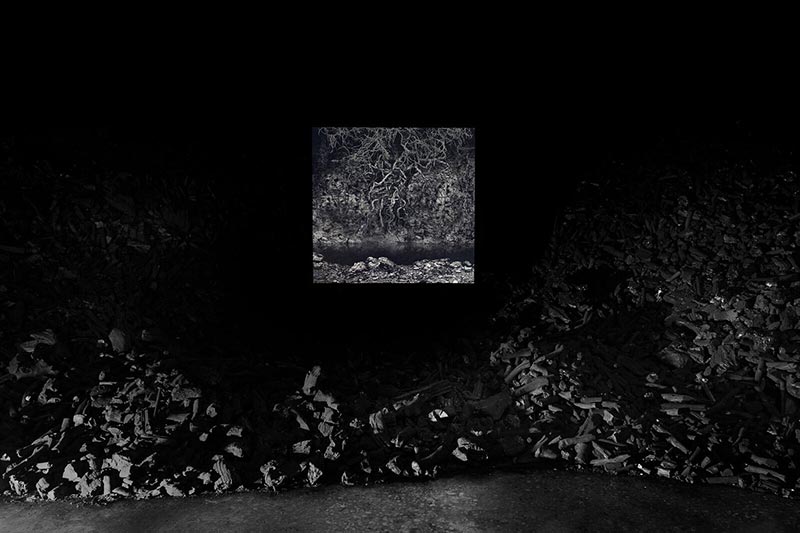
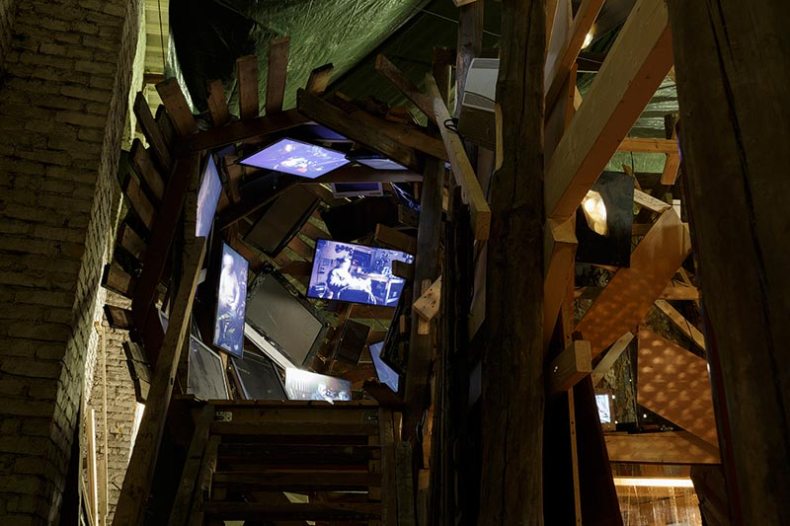
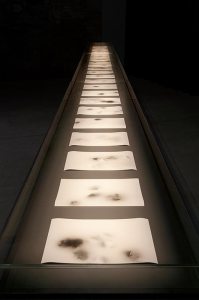
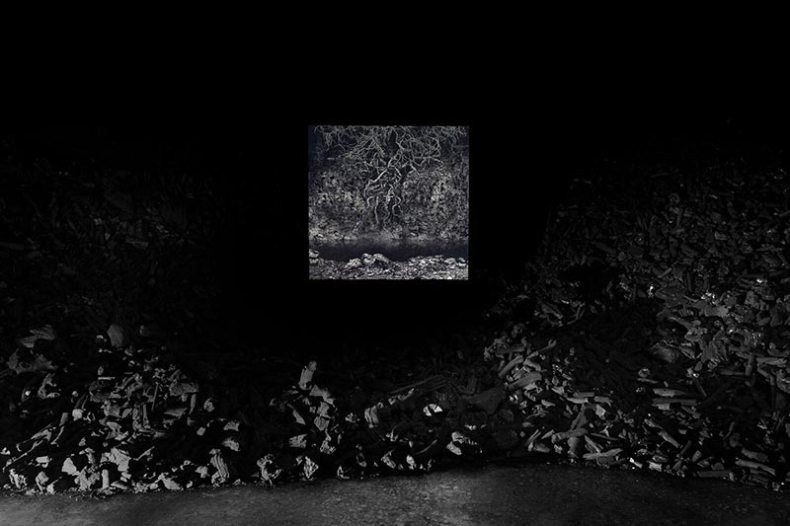
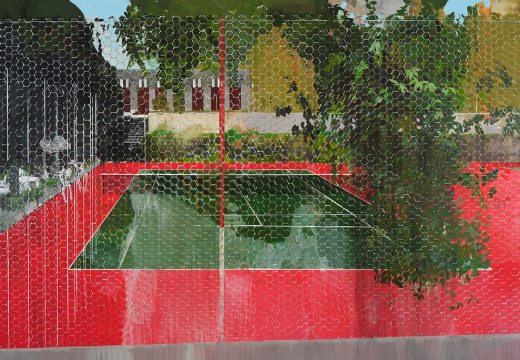
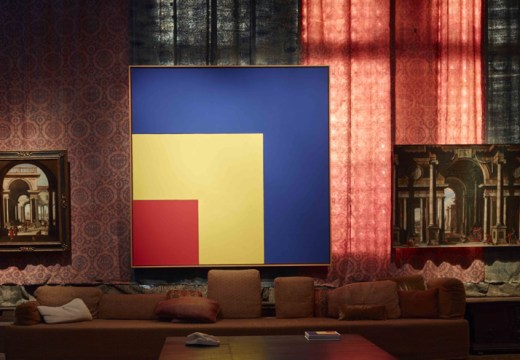
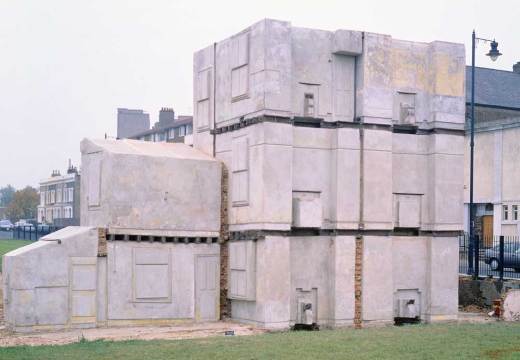









![Masterpiece [Re]discovery 2022. Photo: Ben Fisher Photography, courtesy of Masterpiece London](http://www.apollo-magazine.com/wp-content/uploads/2022/07/MPL2022_4263.jpg)
Why are fathers so absent from art history?